- Overview
- MASLD and MASH
- Tests & Diagnosis
- Treatment and Prevention
- Complications
- Appointment Prep
- View Full Guide
Liver-Healthy Workouts You Can Do at Home


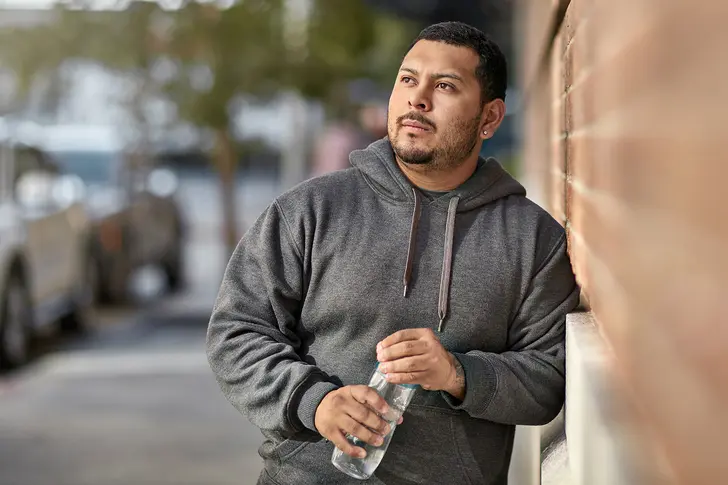
How Exercise Helps Your Liver
When you have metabolic dysfunction-associated steatohepatitis (MASH), your liver is at risk of not being able to function. But you have the power to change that. One of the best steps you can take is being more active. Regular exercise can help you lose weight, reduce fat in your liver, and improve your general health. That’s important when you also live with other conditions like diabetes, high cholesterol, and high blood pressure.
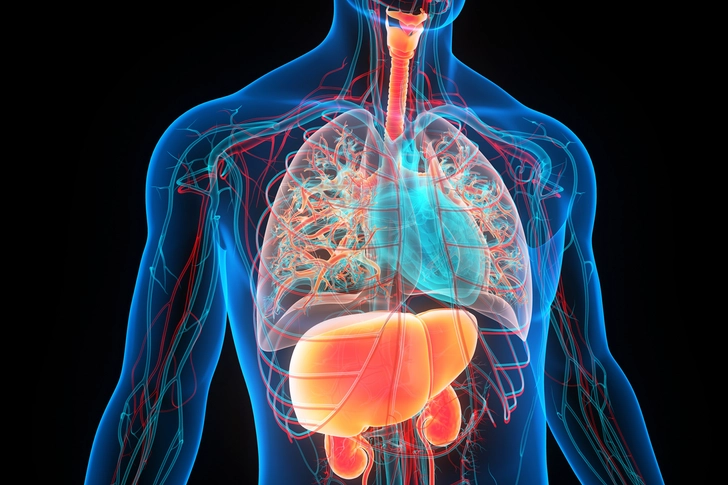
Exercise as Medicine
Experts suggest getting 150 minutes of aerobic activity each week. That’s because “aerobic exercise has a global effect [on the body], particularly on the heart, liver, and kidneys,” says Elizabeth Joy, MD, leader of the American College of Sports Medicine’s Exercise is Medicine program. New to exercise? It's important to start slow and find a workout routine that’s right for you. Your doctor can help.

Walking
“We used to say that exercise didn't count unless you did it for at least 10 minutes,” Joy says. Now experts know that every step you take counts. Go for a brisk walk for 10 minutes. Slowly work up to 30 minutes, five times a week. Unless your doctor gives you different advice, aim for a pace of moderate intensity. That means “your heart’s beating faster, you’re breathing harder than normal, and you can talk but you can't sing,” Joy says.

Biking
Whether you pedal around your neighborhood or spin on a stationary bike inside your home, cycling is another good way to get your heart pumping. Start with three minutes, then rest for three minutes. If you can, repeat that cycle three or four times. You don’t need to go all out. Studies show that all types of aerobic exercise, even when done for a short time and at a low intensity, can help reduce liver fat.

Yoga
Some experts believe that yoga poses can help your liver work better. While more research needs to be done, a yoga practice that includes breathing exercises can help manage your stress. When you’re feeling calm, you’re more likely to sleep better and eat only when you’re hungry. And you’re less likely to engage in habits like drinking or smoking to try to manage your moods. Those healthy choices can help your liver, too.
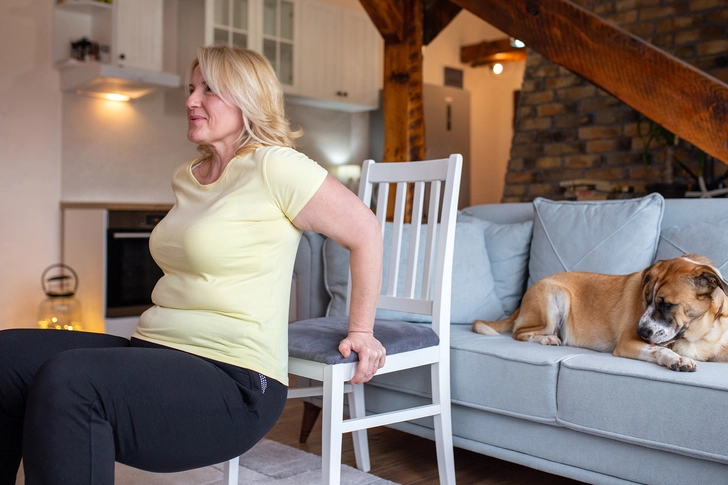
Chair Exercises
If movement is hard for you right now, get active from a seated position. Sitting in a sturdy chair, start by stretching your shoulders and turning your head from side to side to loosen your neck muscles. Extend one leg at a time to stretch your hamstrings. Then, get in some cardio by marching in place. Try to move for 20 seconds, rest for 20 seconds. Aim for three cycles in a row.
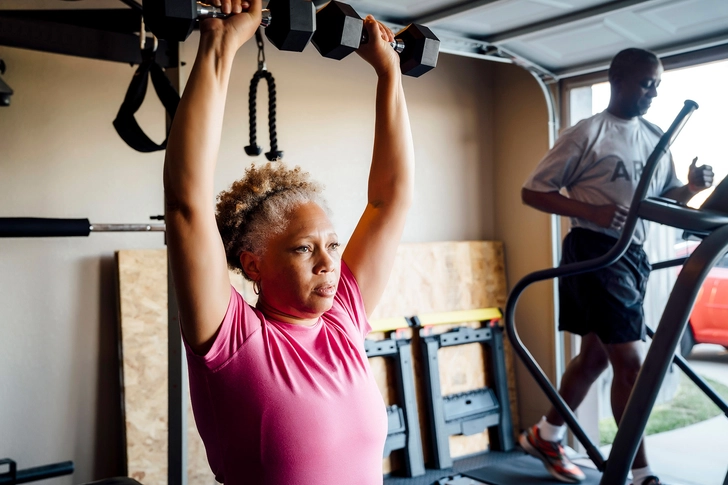
Weight Lifting
Strengthening your muscles can help reduce liver fat and improve your blood glucose control. If you’re new to free weights, work with a trainer or fitness coach who’s aware of your health issues. They can suggest a workout that safely targets all your muscle groups and make sure that you can do each move correctly. Ideally, you’ll use a weight heavy enough to tire your muscles after about 12 reps.
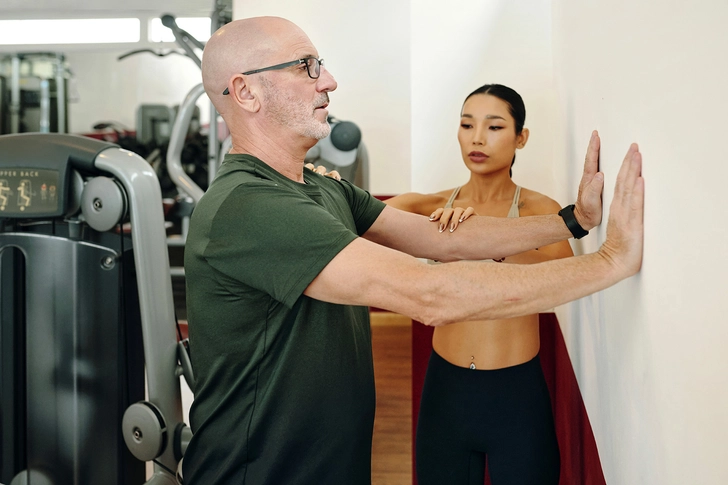
Body-Weight Exercises
If you aren’t ready yet to lift weights, start with body-weight exercises. For instance, wall pushups target your chest, shoulders, and core muscles. Stand at arm's distance in front of a wall with your hands on the wall. Lean toward it, then push back to standing. Start with two sets of five. Once that feels easy, try knee pushups, then regular pushups and planks. To help your liver process fats and sugars better, try to strength train twice a week.

Resistance Band Exercises
Another easy way to strength train? Do resistance band exercises like the standing row. Safely anchor a resistance band in a door. Hold an end in each hand. Pull it toward you, palms facing inward. Keep your arms level to the floor and close to your sides. Pause when you reach your stomach, then slowly release. Repeat 8-12 times. Remember, when exercises start to feel too easy, it’s time to switch to a stronger resistance band.
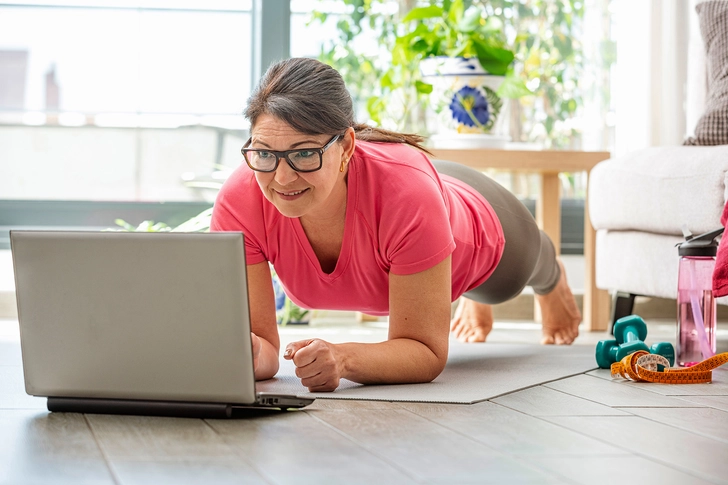
Online Interactive Workouts
“Studies have shown that 30 minutes a day, five days a week, of moderate-intensity exercise has a positive impact on the liver as soon as 12 weeks,” Joy says. One way to stay committed is to work out with others. If your doctor gives you the go-ahead, look into an online, interactive fitness class. Seeing it as a fun, social activity could motivate you to stick with it. Look for a class that tailors moves for people at different levels.

Sitting Less, Moving More
“Sometimes thinking about exercise … can be overwhelming, and this causes inaction instead of action,” says ACE certified physical trainer Chris Gagliardi. Keep it simple: Try to sit less and move more. Gardening, cleaning, dancing to a favorite song, or taking stairs instead of an elevator will all help you burn calories. “And we do know that weight loss benefits liver health and reduces fat accumulation in the liver,” Joy says.

One Step at a Time
Exercise is a key treatment for MASH. Every amount you do can help improve your health. “What can you start doing today to become more physically active? This is a great question to reflect on when getting started,” Gagliardi says. Ask your doctor about working with an exercise physiologist. They can “prescribe” a workout that takes into account your current health and the conditions you live with.
IMAGES PROVIDED BY:
- E+/Getty Images
- iStock/Getty Images
- E+/Getty Images
- Moment/Getty Images
- E+/Getty Images
- E+/Getty Images
- Tetra images/Getty Images
- iStock/Getty Images
- E+/Getty Images
- E+/Getty Images
- Moment/Getty Images
- DigitalVision/Getty Images
SOURCES:
Elizabeth Joy, MD, MPH, FACSM, family, sports and lifestyle medicine physician; leader, American College of Sports Medicine/Exercise is Medicine program, Salt Lake City, Utah.
Chris Gagliardi, ACE certified personal trainer, medical exercise specialist, NSCA certified strength and conditioning specialist, NBHWC certified, NBC-HWC, and NASM certified personal trainer, El Cajon, California.
Cleveland Clinic: “8 Lifestyle Changes To Help Manage MASH.” “Metabolic dysfunction-associated steatohepatitis (MASH).”
Fatty Liver Alliance: “MASLD and MASH: Understanding the Basics: Disease Stages.”
American College of Sports Medicine: “Being Active When You Have Chronic Liver Disease.”
Bronson Cardiac Rehabilitation: “Home Exercise Program Guidelines.”
Physiopedia: “Push Up Plus Exercise.”
American Liver Foundation: “Movement and Mindfulness.”
Journal of Bodywork and Movement Therapies: “Reversal of Grade I NAFLD through yogic intervention.”
Medanta: “World Yoga Day.”
Gene Expression: “The Effects of Physical Exercise on Fatty Liver Disease.”
Fatty Liver Foundation: “Exercise and NAFLD.”
Harvard Health Publishing: “Chair exercises for seniors: Boosting strength, flexibility, and stamina.”
Mayo Clinic: “Strength training: Get stronger, leaner, healthier.”
ACE: “Standing Row.”
Journal of Ageing and Longevity: “Group-Based Physical Activity Interventions Targeting Enjoyment in Older Adults: A Systematic Review.”
American Psychological Association: “Group-Based Physical Activity for Older Adults (GOAL): Randomized Controlled Trial: Exercise Adherence Outcomes.”